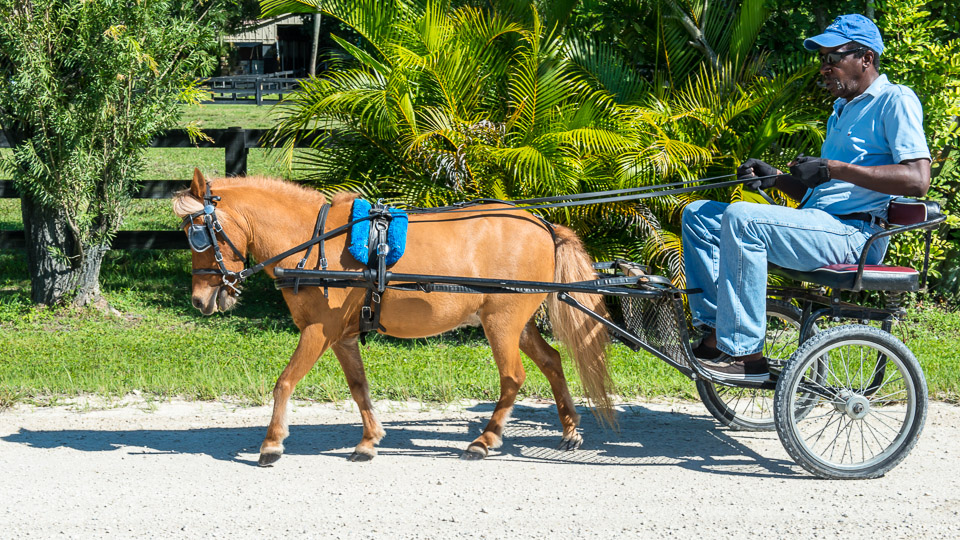
Horse Nutrition – Weight Control
I see weight control as two issues in horses. Either the horse remains underweight no matter how much they are fed or the horse remains overweight no matter how much restriction is applied to the diet. Weight needs to seen as both body fat and as muscle mass. Both are important for health but have different purposes.
Muscle develops to make movement but it is also critical in maintaining overall health. When improperly fed, the horse will turn muscle into fuel and over time the horse will lose the top line. This is often covered up with abundant fat so when a horse does successfully remove the fat, the underlying muscle loss is seen. During a long winter where body fat is consumed, the owner will start to see this muscle loss but not recognize it as muscle loss. Instead the owner will add more calories in the form of sugar (grain) which adds back the fat. Covering up the muscle loss doesn’t replace it and over time, the horse becomes unhealthier. In humans this is known as sarcopenia and leads to the number one killer of senior humans – falling down.
There are some horses that no matter what they are fed seem to never add body fat. Horse owners call these horses “hard keepers.” There are complications where either the horse is consuming too much calories (over worked) or the horse cannot convert the calories fed into energy for use. This is what is called a dysfunctioning gut and the number one reason for this is a dysbiosis. This is where the gut bacteria (microbiota) are not functioning correctly.
**CONTINUED IN ARTICLE TAB**
Related material – Sometimes I have a lot of material here that I have written, podcasted, video blogs and other things. They will be listed in this tab.
Use the browser back button or menu to return to the index of topics.
⬇︎ CLICK ANY IMAGE BELOW TO REVEAL MORE INFORMATION ⬇︎
I see weight control as two issues in horses. Either the horse remains underweight no matter how much they are fed or the horse remains overweight no matter how much restriction is applied to the diet. Weight needs to seen as both body fat and as muscle mass. Both are important for health but have different purposes.
Muscle develops to make movement but it is also critical in maintaining overall health. When improperly fed, the horse will turn muscle into fuel and over time the horse will lose the top line. This is often covered up with abundant fat so when a horse does successfully remove the fat, the underlying muscle loss is seen. During a long winter where body fat is consumed, the owner will start to see this muscle loss but not recognize it as muscle loss. Instead the owner will add more calories in the form of sugar (grain) which adds back the fat. Covering up the muscle loss doesn’t replace it and over time, the horse becomes unhealthier. In humans this is known as sarcopenia and leads to the number one killer of senior humans – falling down.
There are some horses that no matter what they are fed seem to never add body fat. Horse owners call these horses “hard keepers.” There are complications where either the horse is consuming too much calories (over worked) or the horse cannot convert the calories fed into energy for use. This is what is called a dysfunctioning gut and the number one reason for this is a dysbiosis. This is where the gut bacteria (microbiota) are not functioning correctly.
The solutions for too much fat with underlying muscle loss and for too little fat in the abundance of food is very much the same, with the exception of over working the horse. The first step is to remove the inflammation in the gut. The primary cause of this is the feeding of high sugar diets every day of the year. I have seen hard keepers gain weight rapidly once the inflammatory feed was removed. This goes against logic until the cause is understood.
Sugar in the form of starch has a primary purpose of adding body fat for the upcooming winter. Most horses do this effectively and over time and without a break from sugar intake, the horse becomes over fat and develops metabolic syndrome including obesity. But daily intake of sugar in some horses inflames the gut to the point that it no longer functions properly. The absorption of any glucose is used to fight the inflammation which also disrupts the normal gut bacteria (dysbiosis) further preventing the digestion of cellulose into fats. The result is starvation in the midst of plenty plus ulceration of the gut wall.Adding medication helps but removal of the ingredients is more effective.
Food aggression in horses is common especially in ponies and mini horses. This is where the horse seems to live only to eat. But are they really hungry? Another way to look at this need to eat is that the horse is missing something critical in the diet. In humans and in tested lab animals, a theory was developed and has been successfully proven. It is called the “Protein Leverage Hypothesis” which states that mammals will eat until they consume the daily amount of protein required to maintain themselves. When this occurs satiety will occur.
In horses fed adequate amounts of high quality protein, their grazing muzzles can be removed and the ponies are found lying in piles of hay. This discovery was found when protein containing all the essential amino acids was given in a daily ration without grain (alone or mixed with hay pellets or cubes).
Further discovery in humans showed that it was the addition of protein to a low carbohydrate diet that produced fat loss but the same amount of protein given on a high carbohydrate diet actually made things worse (added more body fat). From this evidence it is clear that horses need to have restricted sugar intake. This is easily done with the elimination of grain and all other sources of sugar, limiting the intake of starch from pasture and hay and the addition of adequate amounts of a high quality protein source (soybean meal).
For horses with muscle loss seen as a poor top line, adding high quality protein with the branched chain amino acids (leucine, isoleucine, valine) is necessary to build muscle. Exercise alone will never create muscle. If you had all the lumber to build a new barn (the existing muscle on the horse) and a bus full of workers with hammers ready to build the barn (you exercise program) you would never get the barn built without nails (the protein).
- Step one – remove all inflammatory ingredients.
- Step two – add high quality protein in sufficient amounts.
- Step three – exercise to build muscle needed for the specific purpose.
- Step four – write it all down in a dated journal. This will take time but improvement will be seen if you are patient. Sometimes it takes a year ot more especially in senior horses.
Food aggression and horses that vacuum every bit of food in sight.
I have always said that fast food restaurants don’t make us fat – but driving to them instead of walking to them makes us fat. Many people tell me that their horses work “hard.” I then ask them, “So your horses pull cannons over mountains into battle?” I continue, “Let’s hook your horse up to the buckboard and drive him into town where we can have lunch and discuss this further.” A dressage rider asked me once, “What’s a buckboard?”
- Additional tables
- Links to other in house articles
- Links to outside articles
- Reference material used in developing this topic.
ECEIM Consensus Statement On Equine Metabolic Syndrome
Why Horses Should Not Be Fed Grain
Weight loss in horses – Stop the confusion webinar Part 2 at 43:30
Feeding Horses – The Frequently Asked Questions
The Horsemanship Nutrition Course – included in the membership.


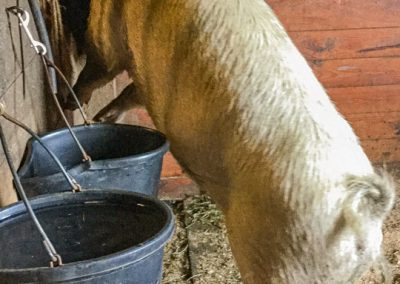
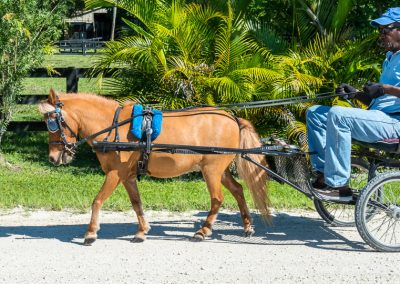
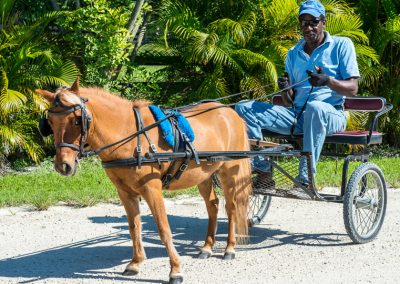
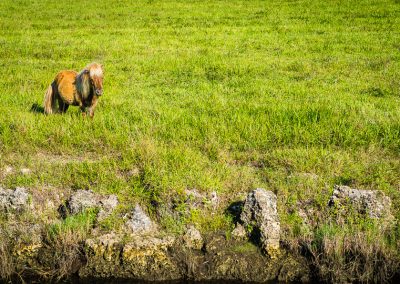
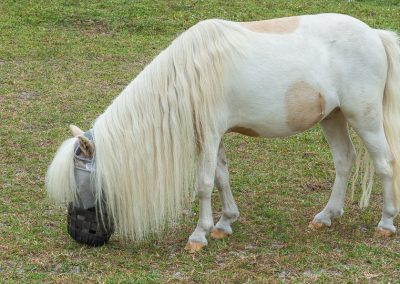
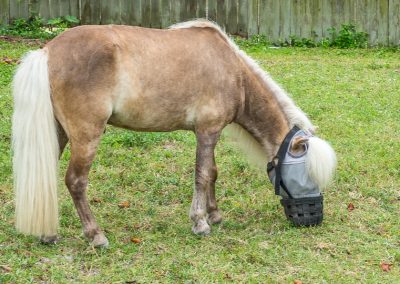
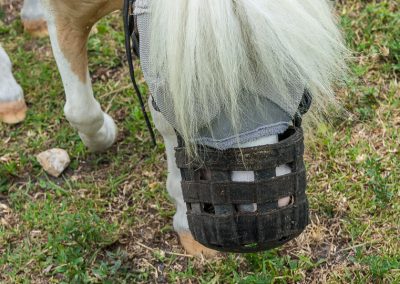
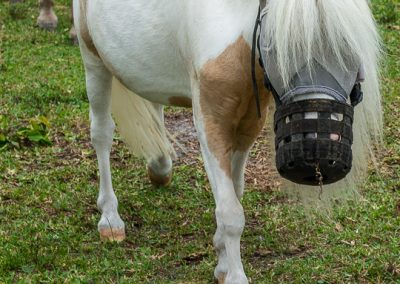
Responses